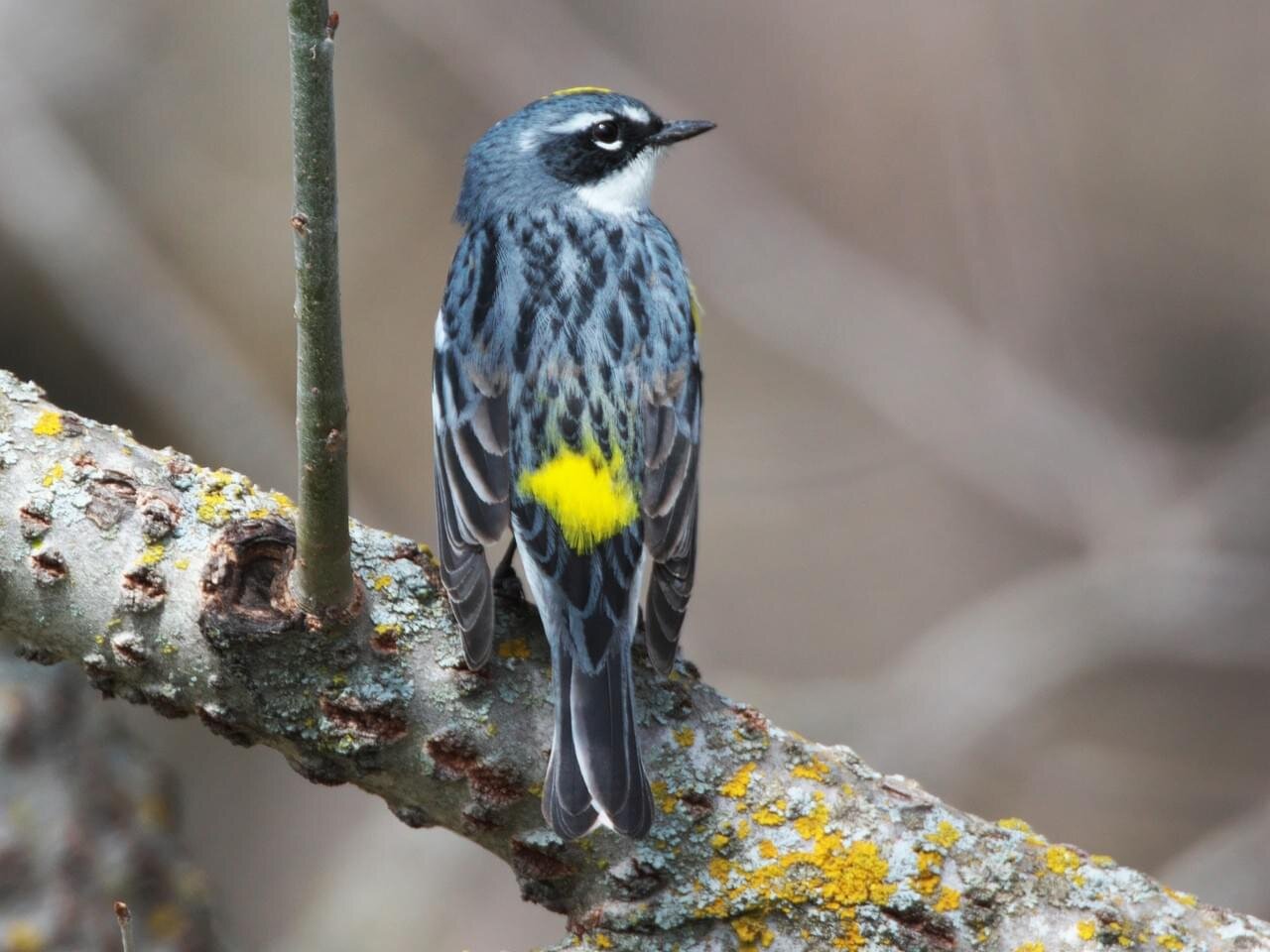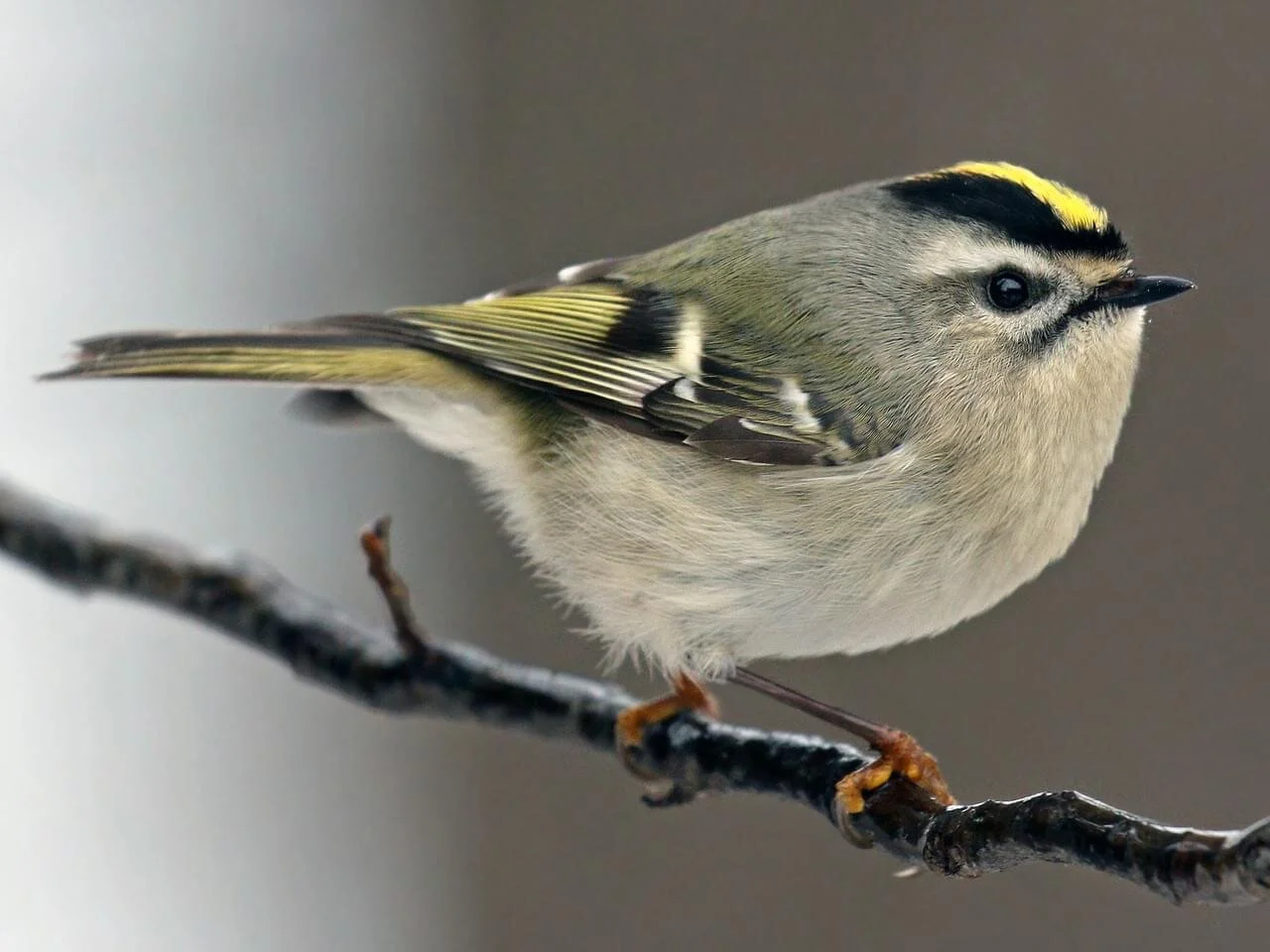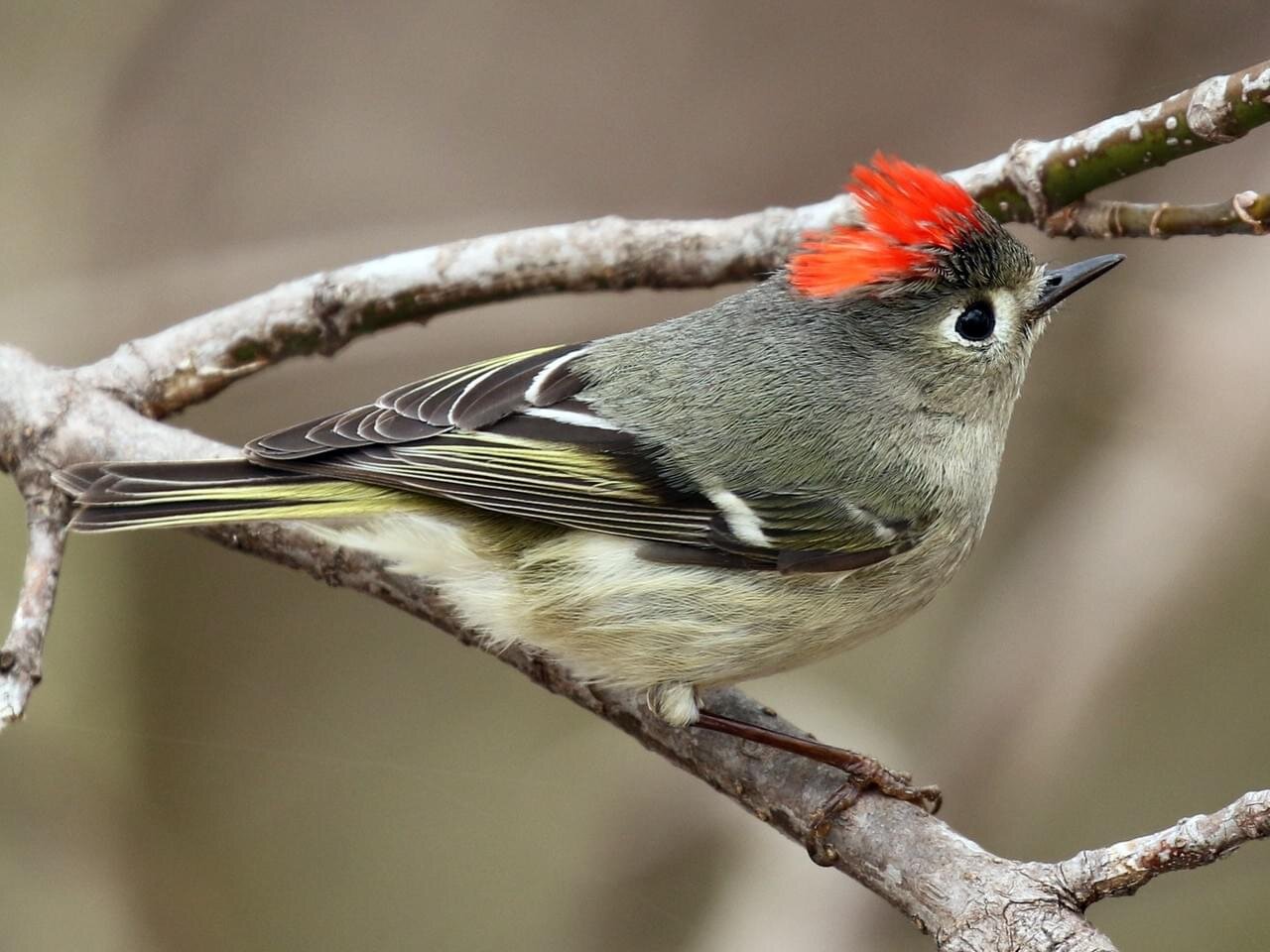Winter Backyard Birds to Look For
A few weeks ago we mentioned Brown Creepers as one of the winter visitors to look for near feeding stations. Other more common visitors include White-throated Sparrow, White-crowned Sparrow, Fox Sparrow, Dark-eyed Junco, Red-breasted Nuthatch, Yellow-rumped Warbler, Ruby-crowned Kinglet, and Bluebirds get a mention because they are more likely to visit traditional feeding stations containing seed and suet during winter months.
This is the time of year I begin ground feeding to attract the sparrows mentioned above. This is a simple strategy of broadcasting some feed on the ground or in a low platform feeder to attract sparrows and Juncos. This group of birds prefers feeding on the ground and enjoys millet and shelled sunflower. Some of you might think “why do I want to attract sparrows”? There isn’t just one type of sparrow and because of the introduced House sparrow, which are so problematic for Bluebirds; I think “sparrows” get a bad rap. These sparrows are beautiful and one should really look at them through binoculars to see the evidence. By the way, you will find Cardinals and even Goldfinches love to feed on the ground, too. I often incorporate a brush pile for cover and protection near the spot I present the feed. If you’ve never tried creating a brush pile for birds you should try it. They are a bird magnet.
The Red-breasted nuthatch is a regular winter visitor although their numbers can vary greatly from one year to the next. Smaller than the White-breasted nuthatch they’re often seen visiting sunflower seed, shelled peanut, and suet feeders.
Yellow-rumped warblers are one of just a few warblers that can be seen in TN year round and at feeders. Look for them at suet feeders on very cold days.
The Ruby-crowned Kinglet is also seen at suet feeders on very cold days. You better have your binoculars handy, though, because they are very small and their winter plumage is a dull olive which can make them difficult to see. Oh yeah, they are constantly on the move, too, further challenging your birdwatching skills. Look for the black and white wing bars to help identify one. The “ruby” crown is often not visible but from the right vantage point you may catch a glimpse.
Of course, Bluebirds are here year round but they are more likely to feed at suet feeders and even consume seed but only if it is out of the shell. Bluebirds do not possess the ability to crack open shells of a seed. Especially during snow falls that cover the ground Bluebirds will be inclined to eat seed for survival.




















